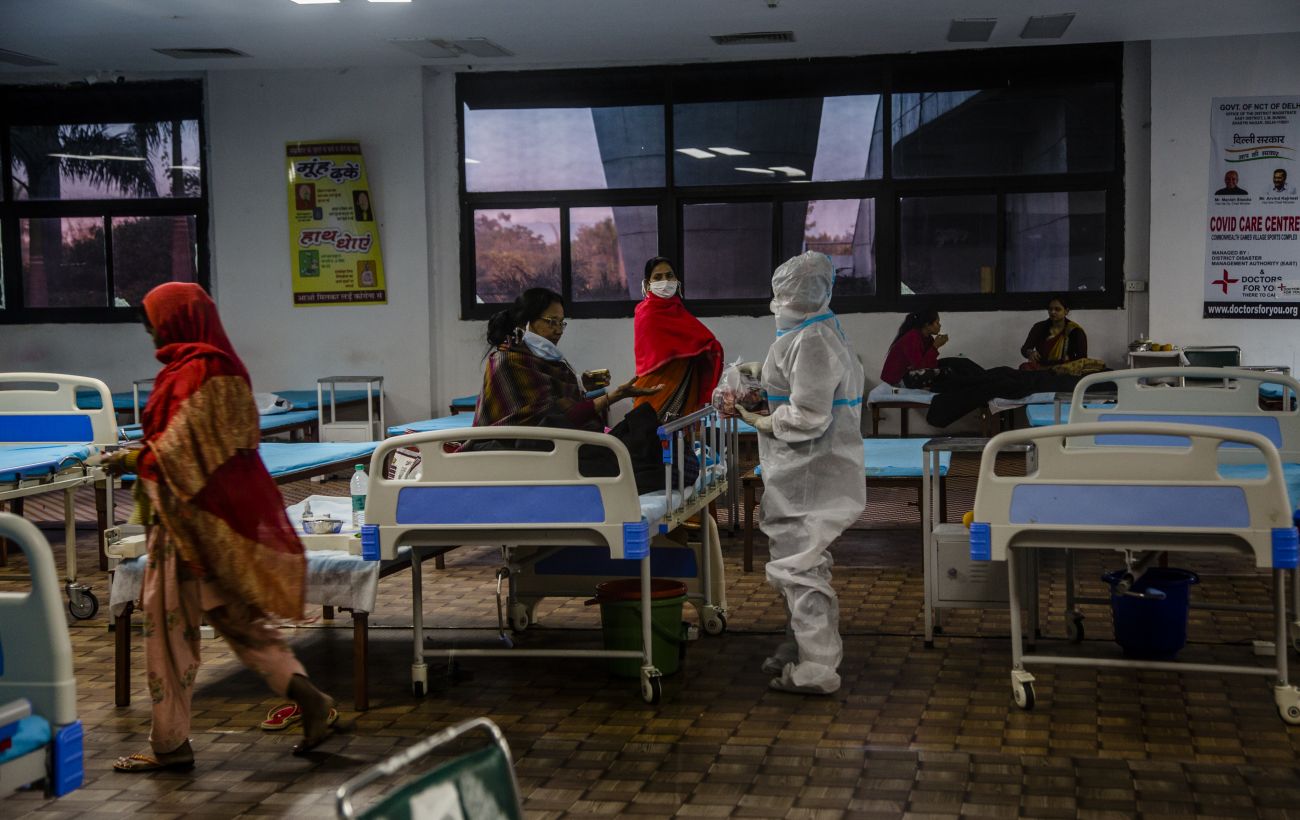This is apparent from the weekly figures of the National Institute for Public Health and the Environment (RIVM). Last week there were 8,541 infections. For the first time in ten weeks there is an increase in the weekly figure: the week before there were 4,208 infections. This brings us to the worrying risk level, where there are 35 to 100 positive tests per 100,000 inhabitants per week.
The increase is mainly the result of an increase in the number of infections found among young people between 10 and 29 years old. Among them, the number of infections had been higher for a long time, but now they account for more than half of all infections. Those infections came from 335 of the 352 Dutch municipalities: 17 municipalities remained corona-free.
The graph below clearly shows that 10-30 years has an increasing share in all infections.
–
–
Things are going fast at the moment, says Aura Timen of the RIVM. “There are plenty of opportunities for viruses to spread easily. People enjoy their freedom more and go to parties, to catering establishments and student associations. They all lead to a thriving social life. At the same time, we are dealing with the more contagious delta variant that is going around. Then it can be hard.” The outbreaks in specific places, so-called fires, are also important, she says. “There are hundreds of infections.”
The least people are vaccinated among people between the ages of 10 and 29. According to the European Center for Disease Prevention and Control, almost three quarters of the over-eighteens in the Netherlands have had at least 1 vaccination. 44 percent are fully vaccinated.
Older Age Categories
There does not appear to be an increase in older age categories for the time being. The most obvious explanation is that vaccinations do their job, says data journalist Jasper Bunskoek. “And that the Delta variant is now going wild among the groups that have not yet been vaccinated, who are allowed more and more and therefore run a greater risk of infection. We know that these age groups do not end up in hospital with corona so quickly.”
But they can pass the virus on to vulnerable people, Timen warns. “Not all people over 50 are fully vaccinated and even if you are 40, you can end up in hospital. There are plenty of people who are susceptible to the virus. You don’t want those people to get infected.”
–
–
At the same time, the number of hospital admissions has fallen sharply. “We are still in a nosedive downwards,” says Bunskoek. There are still 212 corona patients in hospital and the numbers are still falling. 109 of them are in a nursing ward, 102 in intensive care. On average, there are 9 new admissions every day and on average only 1 new corona patient is admitted to intensive care per day.
That occupation is comparable to last summer. We even drop to the risk level vigilant, which means that there are less than 4 hospitalizations there are 1 million inhabitants per week.
Whether the increase in infections will lead to additional hospital admissions remains to be seen. It is risky, because by no means everyone has been fully vaccinated. And long-covid complaints are also lurking, which can also be very annoying for young people.
–
–


